Berber Carpeting
Businesses and homeowners have realized the many benefits of Berber carpet

What Is Berber Carpet?
Many consumers don’t realize that Berber carpet has its roots in ancient history. The Berber civilization created tightly-woven, handmade rugs with elaborate patterns. Although today’s Berber carpets are named for the Berber people, they lack the ornate design of traditional Berber rugs. They do, however, have a loop style that mimics the knot of the rugs created in the Paleolithic era.
The introduction of DuPont StainMaster technology to Berber carpet helped extend its life. The best Berber carpet can even outlast a family’s time in a home, passing it on to the next owners as though it was installed recently. As a customer shops for Berber carpet, the focus should be on a type of carpet that is high in density. A carpet specialist should be able to point you toward a carpet with the construction you enjoy many years of use.
Berber Carpet Construction
While many Berber carpets are made from olefin, nylon is extremely easy to clean, especially with the presence of DuPont StainMaster technology. Nylon has become much more difficult to find, with olefin having taken over the market in recent years. If you can locate nylon, be prepared to pay extra for it but with the extra wear you’ll get due to nylon’s crushing and stain resistance, it may be worth the additional investment.
Olefin Berber carpet is a great option, as well. The carpet type has become popular due to its own stain resistance and long wear, especially if installed in an area of the house that doesn’t see extreme traffic. Even with extreme use, homeowners are often impressed with the performance of their olefin Berber carpet, which still provides superior stain resistance.



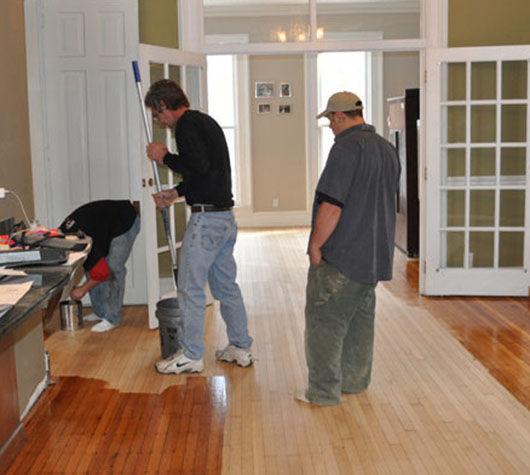 Repairing Scratched Hardwood Floors
Repairing Scratched Hardwood Floors
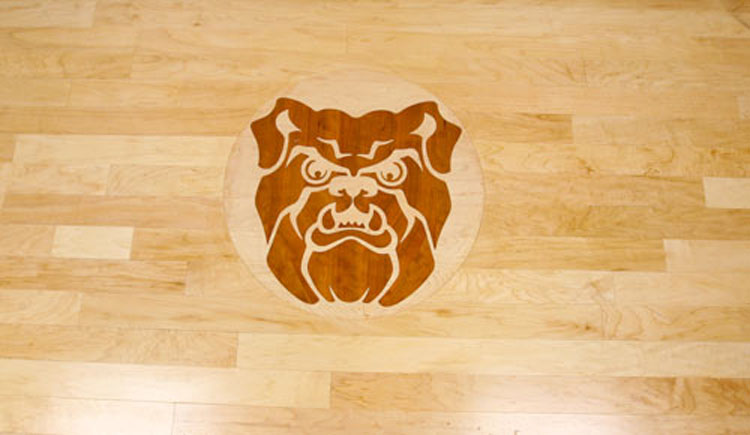 Hinkle Fieldhouse Butler Univers...
Hinkle Fieldhouse Butler Univers...
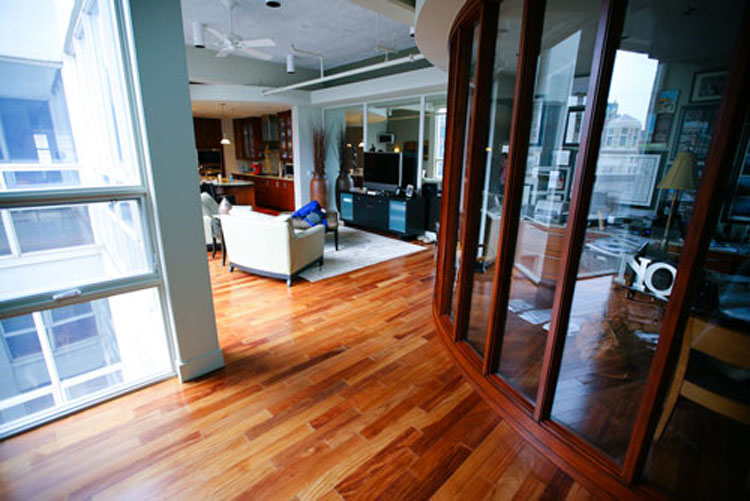 Penthouse Town Home Downtown Ind...
Penthouse Town Home Downtown Ind...
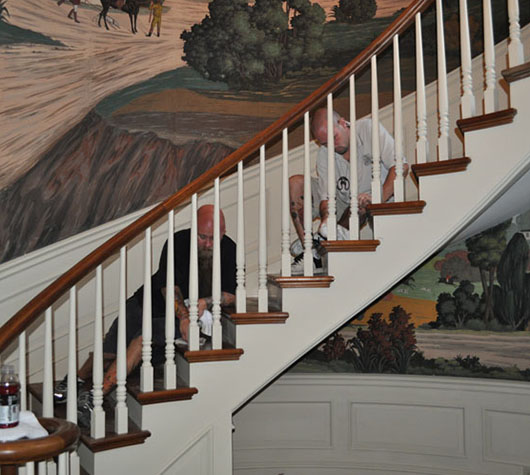 Antique Flooring Restoration
Antique Flooring Restoration
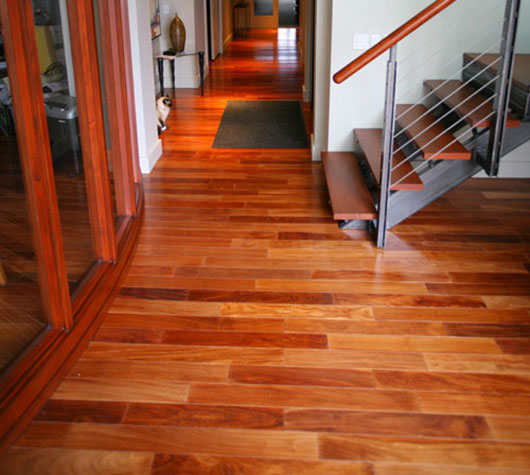 Brazilian Cherry Hardwood Floors
Brazilian Cherry Hardwood Floors